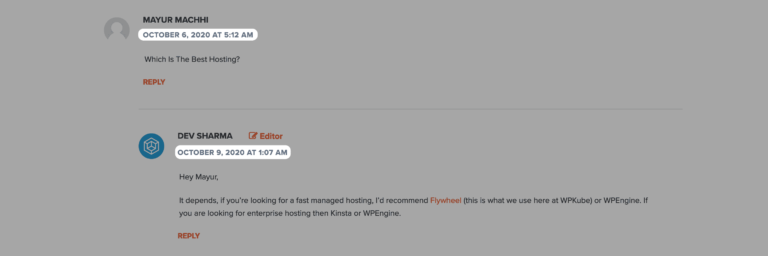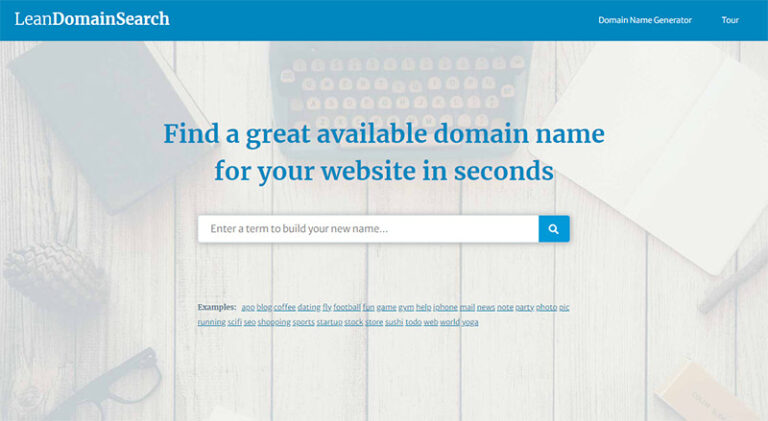
We start off by answering the title question: what are payment gateways? Simply put, they are a secure environment that is connected to a shop, allowing them to accept Cashless payments.
In Episode 3, we spoke to Chris Tietzel a bit about why we need a secure environment, and Dirk gives us even more context. But in a nutshell: not using a payment gateway is like shouting your credit card number in a crowded department store.
See, payment gateways don’t only offer a technically secure way to accept payments. They are fully audited by a separate group to make sure their servers are secure, access to the premises is managed, and much more.
Doing this stuff costs thousands, or likely millions, and that says nothing of the liability they are taking on as well. In other words, trying to manage payment security as a small business owner would be ruinous.
That’s why there are companies out there, like EVO Payments, that do it for us! You’re likely also familiar with Stripe, another payment gateway. That brings us to how to add a payment gateway to your eCommerce store. Depending on the platform you use, there can be varying degrees of difficulty, depending on what gateway you’re using.
For example, while PayPal is generally easy, with certain functions like automatic subscription payments, you may have to get your account verified by a person and it can be limiting.
So first you want to make sure you choose the right one according to your needs. This can vary if you’re just selling items on a small scale, if you have a brick and mortar store and need in-store processing too, or if you want to send individualized links.
Once you select one, you’ll need to install it on your platform… and some shop systems (eCommerce software) have pre-installed gateways or easy integration. Plesk’s eCommerce Toolkit, for example, integrates with EVO Payments. You don’t have to install it – just click the toggle -, nor do you need to pay the monthly fee to use it!






